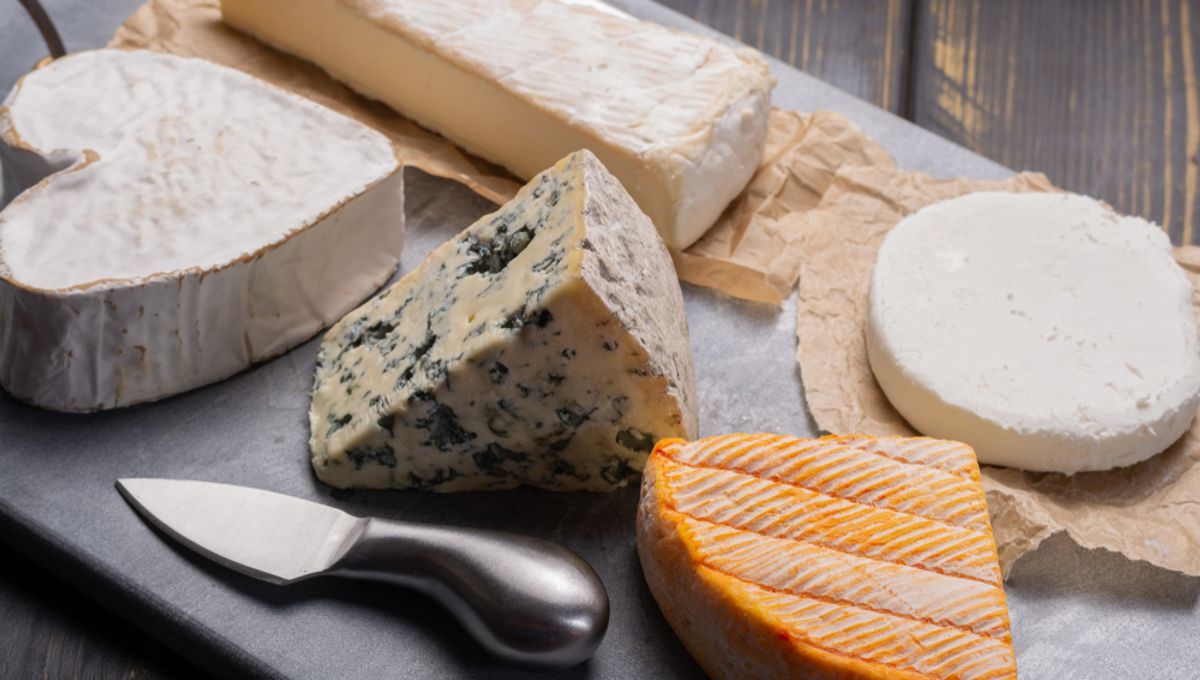
Not all cheeses have a strong smell, but you certainly know when you’re dealing with one that does. Whether you love it or hate it, the smell of cheese has a fascinating origin that also makes it taste so good.
The more pungent cheeses, such as Époisses, Stinking Bishop or Limburger, tend to be what are called “washed-rind” or “smear-ripened” cheeses. This means what you would expect it to mean: the rind of these cheeses has been washed during the maturing process with saline or sometimes alcohols, such as wine, beer, or brandy.
As the washing continues, moisture builds up and allows various microbes to grow on the rind. The most important of these are bacteria known as Brevibacterium linens. It should also be noted that some cheese makers spread B. linens directly onto the rind during the washing phase while others inoculate the milk with it at the start.
This bacterium is important for the cheese in two ways. Firstly, it often gives the rind its characteristic color (though this is not always the case). Secondly, it produces sulfur compounds as it grows, which are responsible for the strong smell. B. linens is also ubiquitously present on human skin and is the main cause of foot odor, which is why these cheeses often evoke such a strong comparison. Interestingly, the smell produced by this B. linens when present on human feet is also extremely attractive to mosquitoes.
But why do we like this smell? When you eat stinking cheese, the aroma compounds are released into your mouth and move to the back of your nose as they go. They are then detected by the same smell receptors that would tell you that the cheese is revolting if you were only smelling it; but when they enter through this back-door, as it were, the brain combines them with the creamy taste it is simultaneously detecting on the tongue. A kind of alchemy takes place, and the brain registers the delicious taste of the cheese. This process is called “backward smelling” or “retronasal smell”.
Traditionally, the type of substance used to wash these cheeses depended on geography, which was also responsible for their texture. Washed-rind cheeses produced in lowlands, such as by French monks, tend to be softer in texture than their mountain-born counterparts that are characteristically harder. The monastic cheeses were often stored in in humid cellars, which were already home to diverse microbial life. As the cheese dried, it would be washed with whatever the monks had to hand, which often included beer as the only suitable and drinkable liquid at the time. Over time, the bacteria would break down the cheese and make it softer and creamier.
Washed-rind cheeses produced in the mountains were more typically washed with saline as these areas did not experience the types of water-purity issues common in the lowlands.
And, as much as we love this type of stinking cheese, it was also a valuable tool in the discovery of a new genus of animal.
Source Link: The Reason Why Different Cheeses Have A Smell